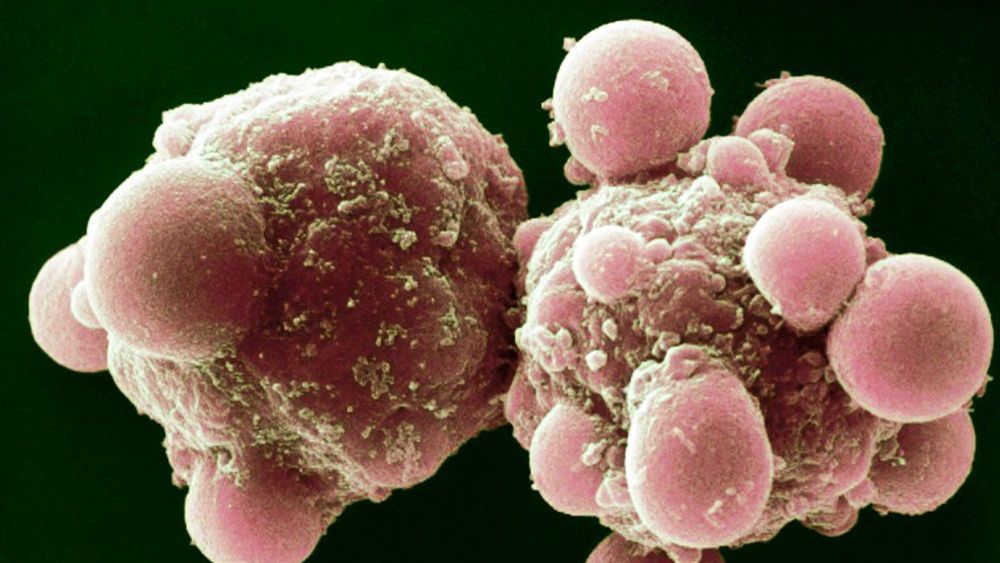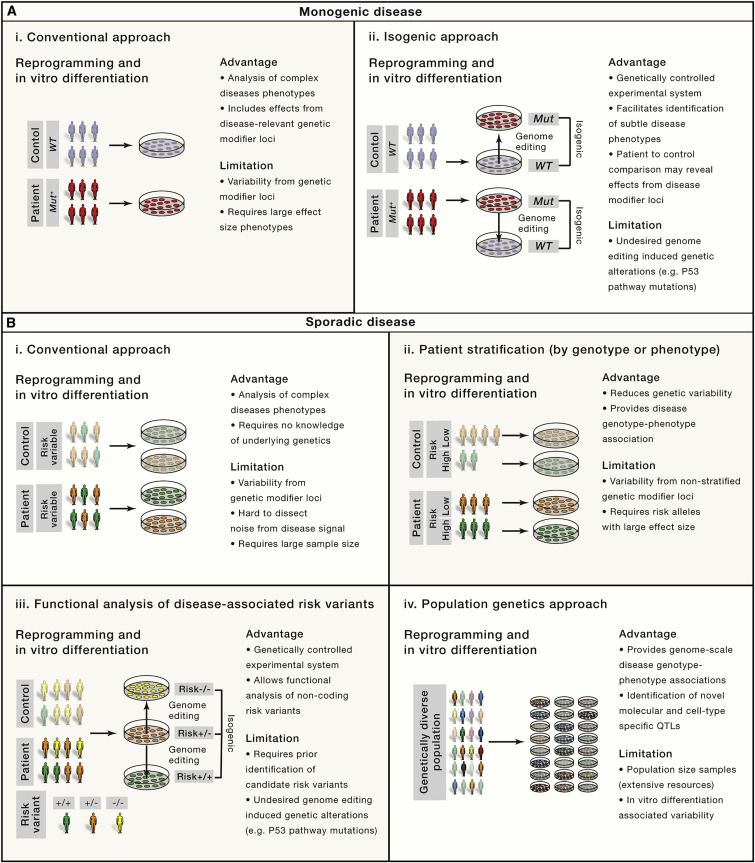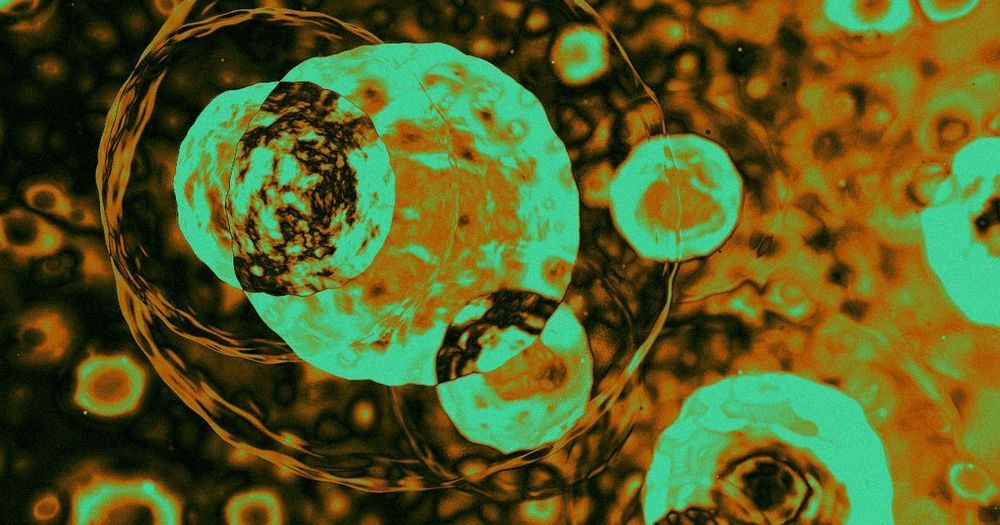Liz talking about Rutgers, Integrated Health Systems, anti-aging vaccine(couple of years of gathering data), $75,000 single organ treatment, and potential for very affordable whole body treatment. Q&A at 32 minutes.
Liz Parrish | BioViva, presents at People Unlimited’s Ageless Education, about Gene Therapy Advancements.
The Ageless Education series brings in many of the leading figures in radical life extension to share their views on the most cutting edge strategies for living long enough to live forever.
For more info: http://www.peopleunlimitedinc.com
People Unlimited is an educational, lifestyle and social organization for people interested in living unlimited lifespans.







